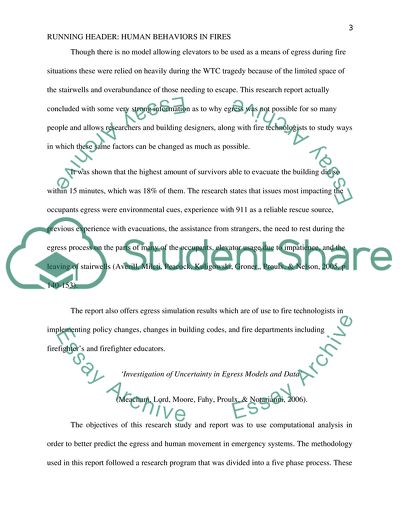Cite this document
(Human Behaviors in Fires Literature review Example | Topics and Well Written Essays - 1500 words - 10, n.d.)
Human Behaviors in Fires Literature review Example | Topics and Well Written Essays - 1500 words - 10. https://studentshare.org/social-science/1783180-literature
Human Behaviors in Fires Literature review Example | Topics and Well Written Essays - 1500 words - 10. https://studentshare.org/social-science/1783180-literature
(Human Behaviors in Fires Literature Review Example | Topics and Well Written Essays - 1500 Words - 10)
Human Behaviors in Fires Literature Review Example | Topics and Well Written Essays - 1500 Words - 10. https://studentshare.org/social-science/1783180-literature.
Human Behaviors in Fires Literature Review Example | Topics and Well Written Essays - 1500 Words - 10. https://studentshare.org/social-science/1783180-literature.
“Human Behaviors in Fires Literature Review Example | Topics and Well Written Essays - 1500 Words - 10”. https://studentshare.org/social-science/1783180-literature.


